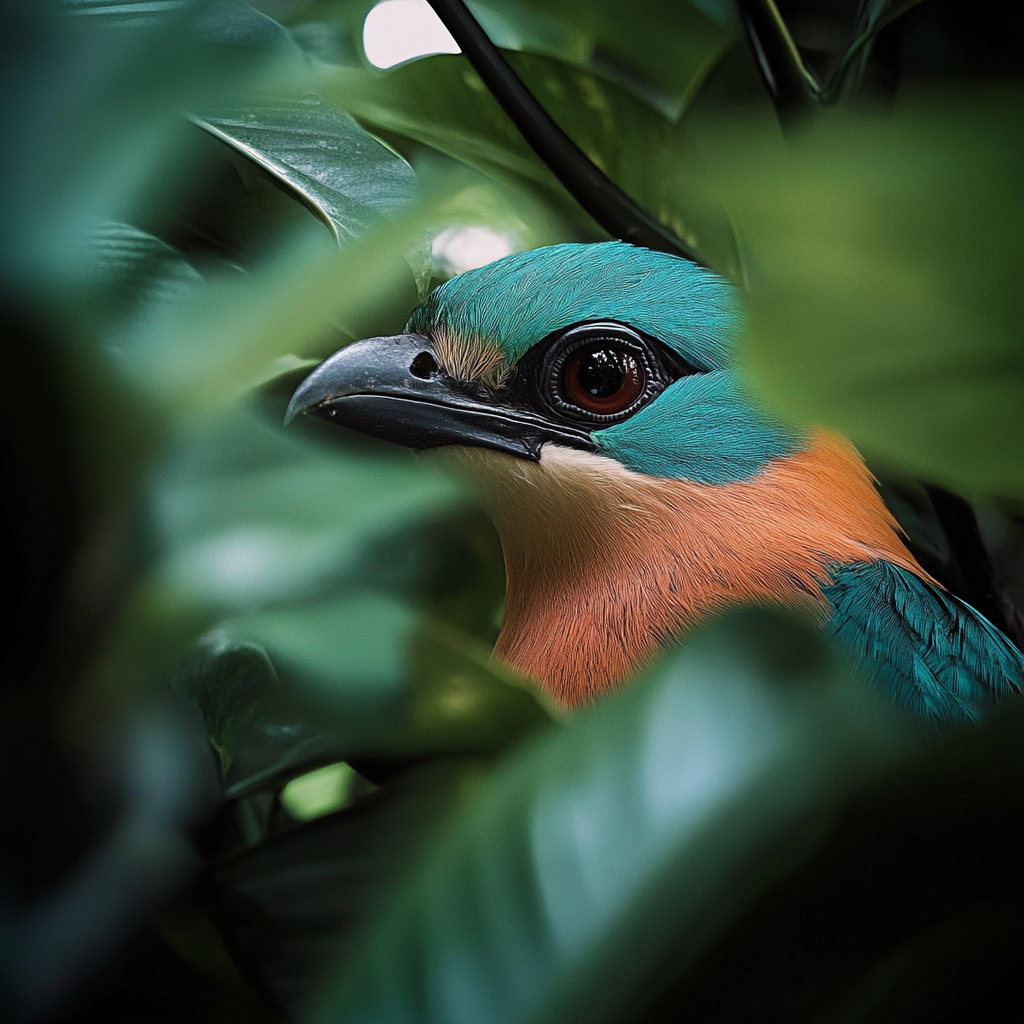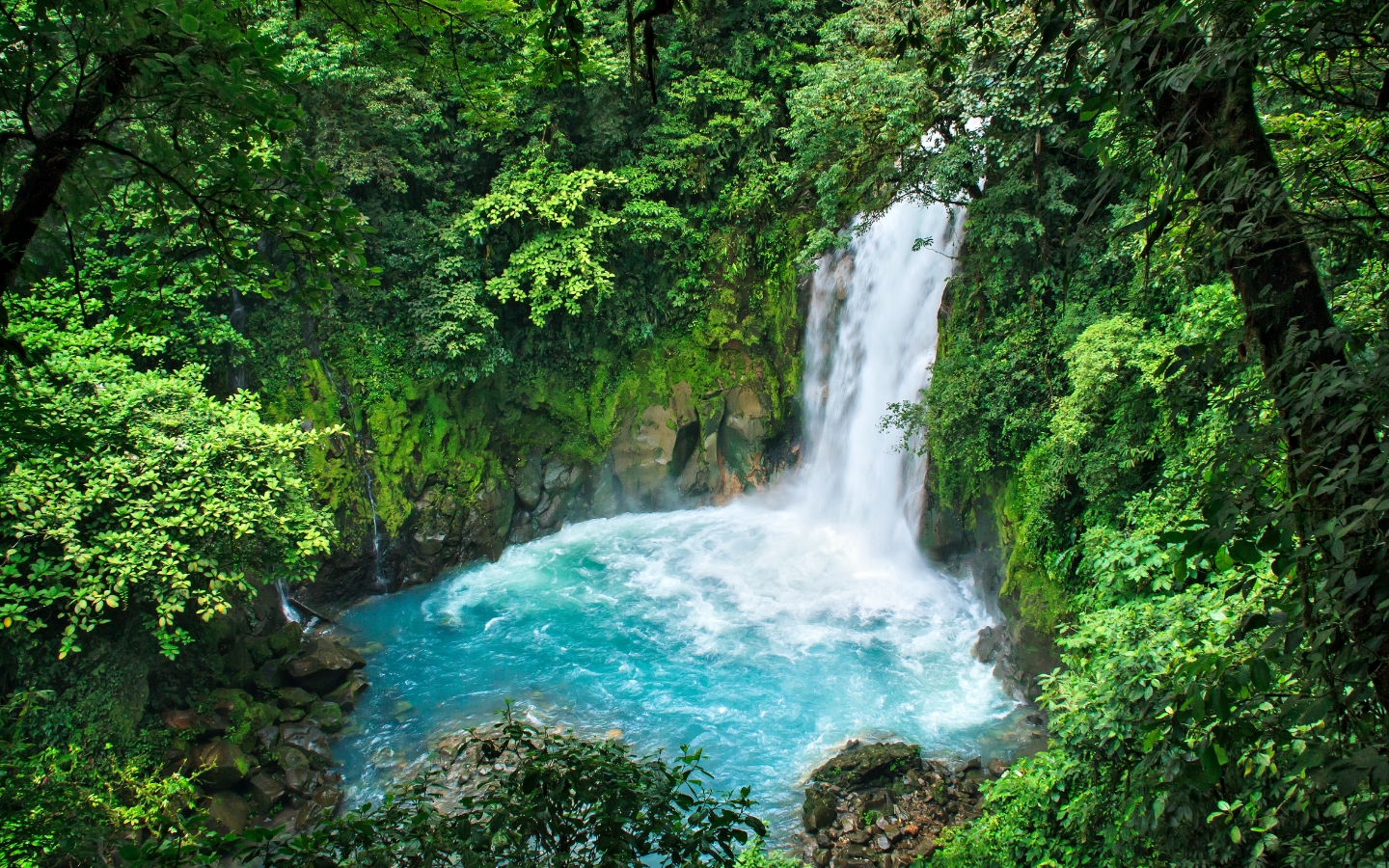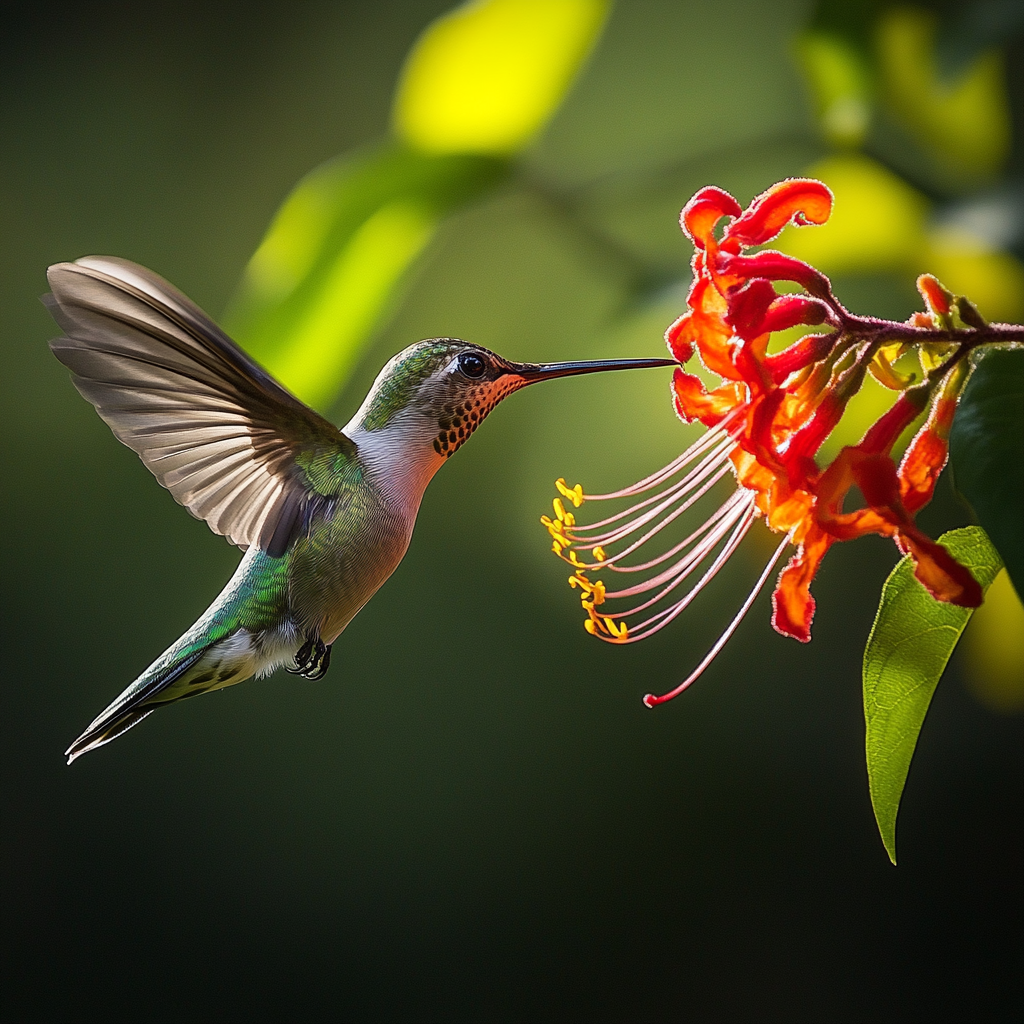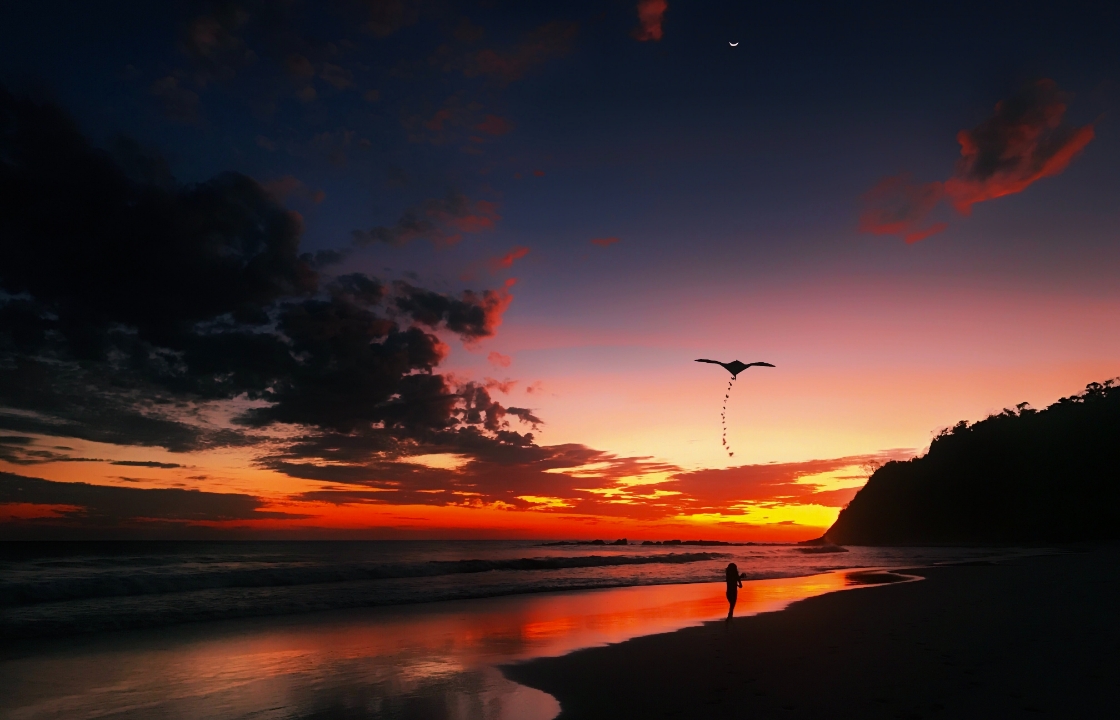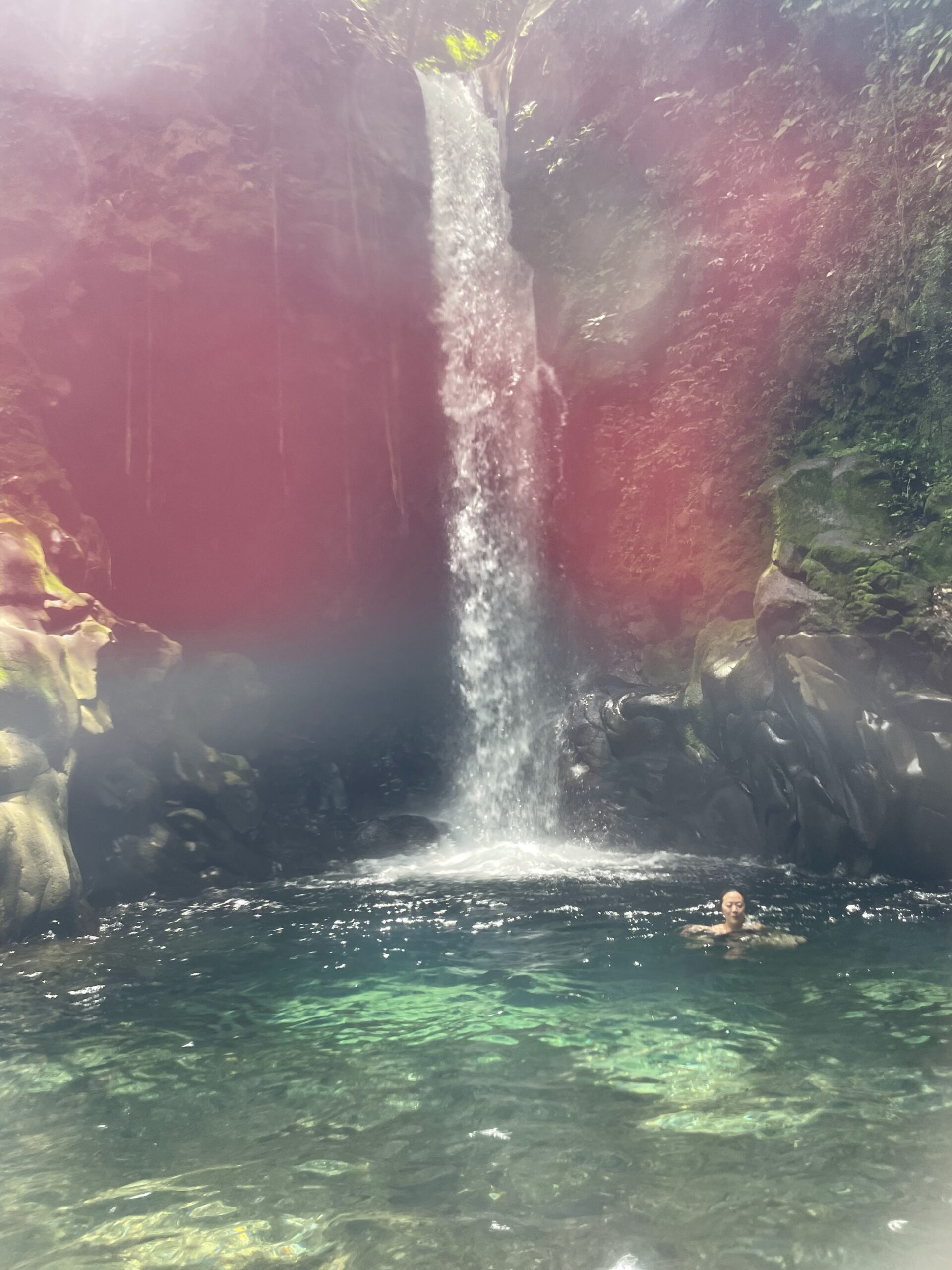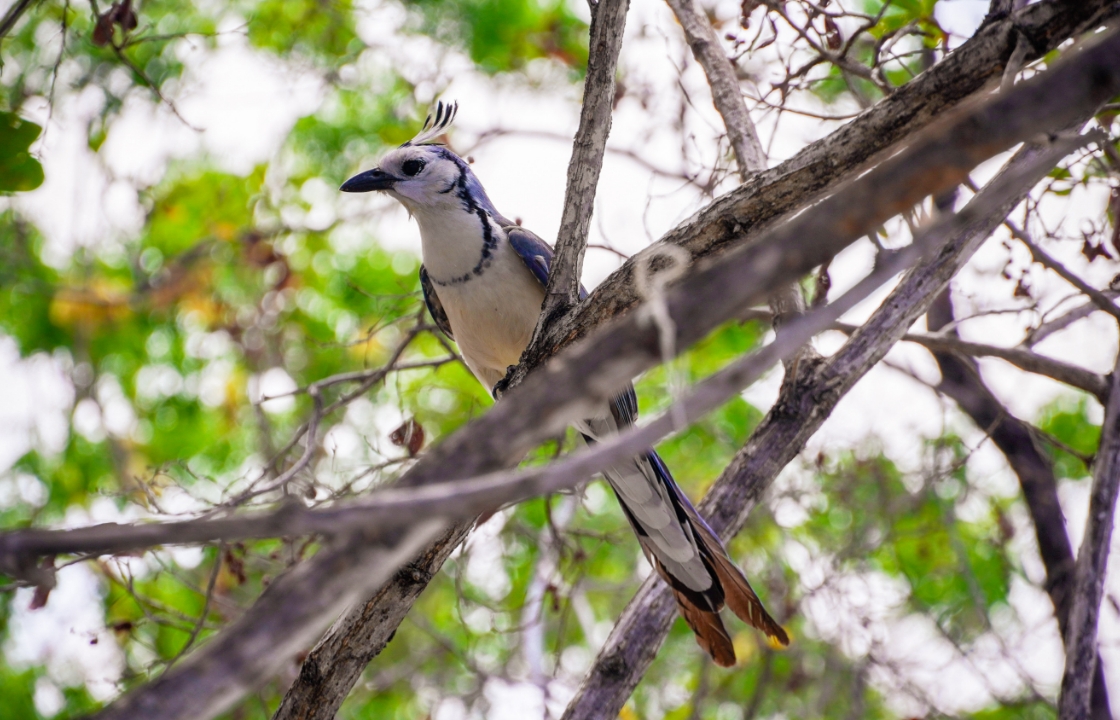Where Nature Sings – An Unforgettable Birdwatching Escape
Nestled in the heart of Guanacaste’s pristine landscapes, Drift Away Lodge is more than a retreat—it’s a haven for bird enthusiasts and nature lovers seeking a truly immersive experience in one of Costa Rica’s most diverse ecosystems. From the golden hues of the dry forests to the lush green mangroves teeming with life, this extraordinary region is home to some of the most breathtaking avian species on the planet.
Whether you’re a seasoned ornithologist with a detailed checklist or a traveler who simply appreciates the beauty of birdsong at dawn, Drift Away Lodge offers an unparalleled opportunity to witness Costa Rica’s feathered wonders in their natural habitat.
Wings of Wonder: Discover the Mesmerizing Birds of Guanacaste
Guanacaste’s diverse ecosystems provide sanctuary to over 900 bird species, making it a world-renowned destination for birdwatching. At Drift Away Lodge, you don’t have to venture far to encounter some of the most iconic and elusive birds in Costa Rica. A simple morning walk along the lodge’s trails or a moment of stillness on the resort can reveal a symphony of life, where vibrant wings flash through the trees and melodic calls fill the air. The Guanacaste region, in renown with its diverse landscapes of dry tropical forests, coastal mangroves, and rolling hills, is home to some of the most stunning avian species in the world. These birds are not just visual delights but also play essential roles in maintaining the delicate balance of their ecosystems. Whether you're a seasoned birdwatcher or simply captivated by the beauty of nature, here are some of the incredible birds you may encounter in Guanacaste, each a winged jewel in its own right.
1. Resplendent Quetzal (Pharomachrus mocinno) – The Celestial Phantom
One of the most breathtaking birds in Costa Rica, the resplendent quetzal is a shimmering vision of iridescent green, crimson red, and flowing tail feathers. This sacred bird of the ancient Maya and Aztecs appears almost otherworldly as it flits through the cloud forests, seeking wild avocados and other fruits. Though more commonly found in higher elevations, lucky observers may spot them in Guanacaste’s transitional forests, especially during migration seasons.
The resplendent quetzal is famous for its ethereal beauty, with males boasting extravagant tail plumes that can extend up to 3 feet long, making them one of the most visually striking birds in the world. These tail feathers, once highly prized by Mesoamerican civilizations, symbolize freedom and divinity. The bird’s iridescent feathers reflect light in a way that causes them to change color depending on the viewing angle, creating a mesmerizing effect as they move through the forest canopy.

Beyond its breathtaking appearance, the quetzal plays a crucial ecological role as a seed disperser. It primarily feeds on wild avocados, swallowing them whole and later regurgitating the seeds, thereby supporting forest regeneration. This symbiotic relationship between the bird and its habitat ensures the continuation of the lush greenery that makes Costa Rica a biodiversity hotspot.
The resplendent quetzal is also known for its haunting, melodious calls that echo through the misty treetops. During the breeding season, males engage in elaborate aerial displays, gliding gracefully to attract females. Nesting in tree cavities, both parents take turns incubating the eggs, demonstrating a rare balance of parental responsibility in the avian world.
Due to habitat loss and climate change, quetzal populations face growing threats, making conservation efforts vital for their survival. Protected areas and national parks in Costa Rica, such as Monteverde Cloud Forest Reserve and other high-altitude sanctuaries, provide a haven for these celestial birds.
Spotting a resplendent quetzal in the wild is an unforgettable experience—one that feels like a glimpse into a mystical, ancient world where nature’s splendor reigns supreme.
2. Turquoise-browed Motmot (Eumomota superciliosa) – The Watchful Sentinel
With its radiant blue and green plumage, accented by a distinct turquoise stripe above its eye, the turquoise-browed motmot is a striking presence in the dry forests of Guanacaste. Often seen perching on branches with its long, racketed tail swinging rhythmically, this bird is a master insect hunter, swooping down with precision to catch its prey. Locals call it "pajaro bobo" (foolish bird) because of its seemingly fearless demeanor, but this creature is anything but foolish—it has perfected the art of stillness and surprise.
One of the most fascinating features of the turquoise-browed motmot is its distinctive tail, which consists of two long feathers ending in a racket shape. This unique adaptation is used in courtship displays and territorial communication. Males and females perform a signature tail-wagging movement, swaying their elongated tail feathers from side to side, a behavior believed to deter predators by signaling vigilance and awareness.
Turquoise-browed motmots are cavity nesters, excavating tunnels in earthen banks or repurposing burrows left by other animals. They prefer nesting sites along riverbanks and steep hillsides, where their nests remain well-protected from predators. Both male and female motmots take turns incubating their eggs and feeding the hatchlings, ensuring the survival of their young.
In addition to insects, motmots have a diverse diet that includes small reptiles, fruits, and even crustaceans, making them a vital part of their ecosystem. Their presence helps control insect populations, and their foraging habits contribute to seed dispersal, aiding in forest regeneration.
Despite their seemingly relaxed demeanor, turquoise-browed motmots are highly territorial, often defending their perches from intruding birds with vocalizations and aerial displays. Their melodious calls, consisting of deep, repetitive "whoop-whoop" sounds, add a rhythmic charm to Guanacaste’s soundscape.
The turquoise-browed motmot’s ability to thrive in both forested and semi-open habitats has helped it maintain stable populations, making it one of the most commonly sighted birds in the region. Whether seen perched regally on a branch or performing its mesmerizing tail-sway, this bird remains a captivating symbol of Guanacaste’s avian wonders.
3. Scarlet Macaw (Ara macao) – A Symphony of Color
A living explosion of red, blue, and yellow, the scarlet macaw is one of the most dazzling birds to grace Guanacaste’s skies. With their raucous calls echoing through the trees, these highly intelligent and social birds mate for life and are known for their strong family bonds. Once on the brink of extinction in parts of Costa Rica, conservation efforts have helped their populations recover, allowing travelers the chance to witness these spectacular parrots in their natural glory.
A living explosion of color, the scarlet macaw is a striking symbol of Costa Rica’s vibrant biodiversity. With its brilliant red, yellow, and blue plumage, this large parrot is one of the most iconic birds in the region. Once heavily hunted for the pet trade and affected by habitat destruction, conservation programs have helped restore its population in Guanacaste, where these majestic birds now thrive.
The scarlet macaw is a highly intelligent and social bird, known for its loud, raucous calls that echo through the forest. They often travel in pairs or small family groups, reinforcing their strong social bonds. These birds mate for life, a testament to their deep commitment to their partners.

Feeding primarily on seeds, nuts, and fruits, scarlet macaws play a vital role in seed dispersal, helping maintain the health and regeneration of the tropical forests. They are particularly fond of almond and fig trees, often seen feasting on their fruits high up in the canopy.
Nesting in large tree cavities, these birds fiercely protect their young, and both parents share responsibilities in raising their chicks. Their ability to learn and mimic sounds has made them popular among bird enthusiasts, though their natural place is soaring freely in Costa Rica’s forests.
In Guanacaste, visitors can spot scarlet macaws in protected areas such as Palo Verde National Park and Santa Rosa National Park. Witnessing a flock of these dazzling birds taking flight at sunset is a truly unforgettable spectacle, a living testament to the wonders of Costa Rica’s avian diversity.
4. Ferruginous Pygmy Owl (Glaucidium brasilianum) – The Guardian of the Night
Despite its small size, the ferruginous pygmy owl is a fierce predator, feeding on insects, lizards, and even small birds. With its piercing yellow eyes and rust-colored plumage, this nocturnal hunter is often seen perched silently in the twilight hours, scanning its surroundings with an intensity that belies its diminutive frame. Unlike many other owls, it is also active during the day, giving birdwatchers a rare opportunity to observe its commanding presence.
owls, this species is active during both day and night, making it easier to observe than its more elusive relatives.
This owl is named for its warm, reddish-brown plumage, which helps it blend seamlessly into the bark of trees. It has striking yellow eyes that seem to glow in the dim light, giving it a piercing gaze that exudes an air of wisdom and intensity. Another fascinating feature is the presence of false eyes on the back of its head—dark markings that resemble another set of eyes, a clever evolutionary adaptation that helps deter potential predators.
Despite its diminutive size, the Ferruginous Pygmy Owl is a skilled hunter, preying on insects, small mammals, reptiles, and even other birds. It relies on its exceptional eyesight and acute hearing to locate prey, striking with impressive speed and precision.
These owls often make their nests in tree cavities, abandoned woodpecker holes, or dense foliage, where they lay a clutch of two to four eggs. Their distinctive, rhythmic hooting calls fill the nighttime air, a haunting yet comforting sound that echoes through the tropical forests.
Found in a variety of habitats, from dry forests to river edges and open woodlands, the Ferruginous Pygmy Owl is a resilient species that has adapted well to human presence. While some owl species face severe population declines due to habitat destruction, this adaptable little hunter continues to thrive in Guanacaste’s landscapes.
For birdwatchers and wildlife enthusiasts, spotting a Ferruginous Pygmy Owl perched on a branch during dusk or dawn is a thrilling experience. Its watchful presence reminds us of the delicate yet powerful balance of nature, where even the smallest predators play a crucial role in maintaining ecological harmony.
5. Long-tailed Manakin (Chiroxiphia linearis) – The Dancing Jewel
Deep within the verdant forests of Guanacaste, a tiny performer takes center stage, dazzling birdwatchers and nature lovers alike—the Long-tailed Manakin. With its velvety black plumage, brilliant blue back, and a striking red crown, this small bird is a true spectacle. However, what truly sets it apart is its enchanting courtship dance, an elaborate and synchronized performance unlike any other in the avian world.

The Mesmerizing Dance of the Long-tailed Manakin
Unlike most birds that rely on solo displays to attract a mate, the Long-tailed Manakin engages in a spectacular dual performance. Males team up in choreographed displays, leaping from branch to branch, fluttering their wings, and calling out in a synchronized rhythm. The dominant male gets the opportunity to mate, but the younger males gain valuable experience through this apprenticeship, ensuring that only the best dancers continue the species.
The courtship ritual is accompanied by a series of melodic calls, with males producing high-pitched whistles that echo through the dense forests of Guanacaste. This lively spectacle is a highlight for birdwatchers and an essential event in the natural world, demonstrating the intricate behaviors that ensure survival and reproduction.
A Tiny Guardian of the Forest
Though small in size, the Long-tailed Manakin plays an important role in Guanacaste’s ecosystem. Primarily frugivorous, it feeds on small fruits, inadvertently aiding in seed dispersal, which supports the regeneration of tropical forests. By spreading seeds across the landscape, these birds contribute to maintaining the lush greenery and biodiversity of Costa Rica.
Their preferred habitat consists of semi-humid forests, lowland woodlands, and secondary growth areas, making Guanacaste’s protected reserves an ideal place to witness their captivating displays. They thrive in places where natural vegetation is preserved, making their presence a sign of a healthy and thriving ecosystem.
Best Places to Spot the Long-tailed Manakin in Guanacaste
If you’re eager to witness the mesmerizing dance of the Long-tailed Manakin, Guanacaste’s protected areas offer the best opportunities. Some of the top locations include:
- Palo Verde National Park – A paradise for birdwatchers, where the dense woodlands provide a perfect stage for their acrobatic displays.
- Santa Rosa National Park – Rich in biodiversity, this park is home to numerous Manakin lek sites where you can hear their calls echoing through the trees.
- Diria National Park – A lesser-known gem that offers excellent chances for an intimate encounter with these stunning birds.
Guided tours in these areas enhance your chances of spotting them, as expert birdwatchers can identify their calls and locate their leks—where the performances take place.
Conservation and the Future of the Long-tailed Manakin
Though still relatively common in Guanacaste, the Long-tailed Manakin faces habitat threats due to deforestation and land-use changes. As more forests are cleared for agriculture and development, the delicate balance of its ecosystem is disrupted. Fortunately, conservation efforts in Costa Rica, including national parks and wildlife reserves, provide safe havens for this species.
Sustainable ecotourism plays a crucial role in their protection. By choosing eco-friendly lodges and birdwatching tours, travelers help support conservation initiatives that preserve these breathtaking landscapes and the wildlife that calls them home.
Experience the Magic of the Long-tailed Manakin
For birdwatchers, nature photographers, and wildlife enthusiasts, witnessing the Long-tailed Manakin’s courtship dance is an unforgettable experience. As you explore the forests of Guanacaste, listen for their melodic calls, look for flashes of blue and red amid the green canopy, and prepare to be enchanted by one of the most extraordinary displays of nature’s beauty.
If you dream of experiencing the wonders of Costa Rica’s avian paradise, plan your next adventure in Guanacaste—where the forests come alive with the sound of birds, and the Long-tailed Manakin continues its timeless dance.
6. White-throated Magpie-Jay (Calocitta formosa) – The Charismatic Troublemaker
A bird with both beauty and personality, the white-throated magpie-jay sports a dramatic crest, vivid blue wings, and a mischievous glint in its eye. Highly intelligent and incredibly social, these birds are often seen in small groups, vocalizing animatedly as they forage for fruits, insects, and small prey. They are known to be quite bold, sometimes approaching humans with curious and playful antics.

Deep within the verdant forests of Guanacaste, a tiny performer takes center stage, dazzling birdwatchers and nature lovers alike—the Long-tailed Manakin. With its velvety black plumage, brilliant blue back, and a striking red crown, this small bird is a true spectacle. However, what truly sets it apart is its enchanting courtship dance, an elaborate and synchronized performance unlike any other in the avian world.
7. Black-headed Trogon (Trogon melanocephalus) – A Flash of Yellow and Midnight
In the dappled light of Guanacaste’s dry forests, where golden sunbeams pierce the canopy, a striking bird perches motionless, its vivid yellow belly contrasting sharply against its midnight-black head. The Black-headed Trogon is a vision of contrast and elegance, a bird that embodies both stealth and splendor in Costa Rica’s lush landscapes.

Unlike more elusive trogons, the Black-headed Trogon is often found in open woodlands, river edges, and secondary forests, making it an accessible delight for birdwatchers at Drift Away Lodge.
8. The Rufous-naped Wren: The Master of Song at Drift Away Lodge
A Tiny Bird with a Mighty Voice in Guanacaste, Costa Rica
In the heart of Guanacaste’s dry tropical forests, where the golden light filters through rugged tree canopies, an intricate symphony fills the air. It’s not the crashing waves or the whispering wind—it’s the unmistakable call of the Rufous-naped Wren (Campylorhynchus rufinucha), the tireless songster of Costa Rica’s coastal landscapes.
At Drift Away Lodge, this vibrant little bird greets the sunrise with an aria so complex and coordinated, it rivals the most skilled musicians of the natural world. Its melodic duets, fierce territorial displays, and remarkable adaptability make it a symbol of resilience and harmony—a fitting emblem for Costa Rica’s wild beauty.
A Songbird Like No Other
Unlike other wrens, the Rufous-naped Wren is a master of vocalization, filling the landscape with intricate, fast-paced duets that are nothing short of mesmerizing. These calls are more than simple birdsong; they are a form of communication, bonding, and survival strategy.
Pairs and even family groups engage in complex, synchronized exchanges, where one bird begins a phrase and another seamlessly follows, creating a symphony of trills, chirps, and whistles. Researchers believe this interplay strengthens social bonds, warns off intruders, and establishes territory in Guanacaste’s dynamic ecosystem.
This bird’s vocal prowess is so striking that even seasoned birdwatchers at Drift Away Lodge pause to appreciate the sheer musical complexity emanating from the nearby trees.
A Small Bird with a Big Personality
The Rufous-naped Wren is not a shy creature. Unlike other species that hide in dense undergrowth, this bold and highly intelligent bird thrives in the open. Perched on tree branches, wooden fences, or even the rooftops of Drift Away Lodge, it observes with keen curiosity, often cocking its head at passing guests as if studying their behavior.
This wren is also a fierce protector of its domain. Though small, it stands its ground against larger birds, using its loud, rapid calls to intimidate intruders. Nesting in the spiny branches of Acacia trees or abandoned woodpecker holes, it carefully selects its home for both safety and strategic advantage.
A Vital Guardian of the Ecosystem
Beyond its charismatic nature and vibrant song, the Rufous-naped Wren plays a crucial ecological role in Guanacaste’s forests. As an omnivorous feeder, it helps maintain a balanced ecosystem by consuming a diet of insects, spiders, small fruits, and nectar. This natural pest controller keeps insect populations in check while also serving as a seed disperser, aiding in forest regeneration.
Its adaptability has allowed it to thrive in both natural and human-altered landscapes, making it one of the most recognizable and resilient bird species in Costa Rica.
Where to Spot the Rufous-naped Wren at Drift Away Lodge
For guests at Drift Away Lodge, encountering the Rufous-naped Wren is almost guaranteed. This lively songbird is a constant presence in the lodge’s lush surroundings, often seen:
✅ Perched on fences and rooftops, singing at dawn and dusk
✅ Weaving through the tropical foliage near nature trails and shaded gardens
✅ Hopping along Driftaway’s open spaces, foraging for insects and fruit
✅ Building its intricate nests in acacia trees and thorny shrubs
Best Time for Birdwatching
The optimal time to witness this bird in action is early morning and late afternoon, when the light is golden, the air is cool, and the Rufous-naped Wren is at its most vocal.
A Birdwatcher’s Haven at Drift Away Lodge
At Drift Away Lodge, every morning is an invitation to explore the vibrant world of Guanacaste’s birds. Whether you’re setting out on a guided nature walk or enjoying a quiet sunrise on your lodge’s veranda, the forests, mangroves, and open fields surrounding the lodge serve as the perfect backdrop for some of Costa Rica’s most stunning avian spectacles.
Why Drift Away Lodge is the Perfect Destination for Birdwatchers:
✅ Prime Location – Nestled near dry forests, mangroves, and open woodlands, offering diverse habitats for birdwatching.
✅ Guided Birding Excursions – Expert naturalists help you spot and identify rare species.
✅ Eco-Friendly Luxury – A lodge designed to harmonize with nature, ensuring an authentic Costa Rica experience.
✅ Photography & Wildlife Tours – Capture breathtaking images of Costa Rica’s most beautiful birds up close.
Book Your Birdwatching Escape at Drift Away Lodge
At Drift Away Lodge, the birds are more than just fleeting glimpses of nature—they are an integral part of the experience. Imagine waking up to the sounds of calling through the trees, stepping into a world where every leaf and branch holds the promise of a rare sighting. The Drift Away Lodge experience is more than just a getaway—it’s a window into Costa Rica’s avian paradise. These are the moments that make Drift Away Lodge a place where nature isn’t just observed—it’s felt, lived, and remembered.
📍 Plan your stay today! Contact us at https://driftawaylodgecr.com/contact/ or visit https://driftawaylodgecr.com/ to book your unforgettable birdwatching adventure in Guanacaste.
